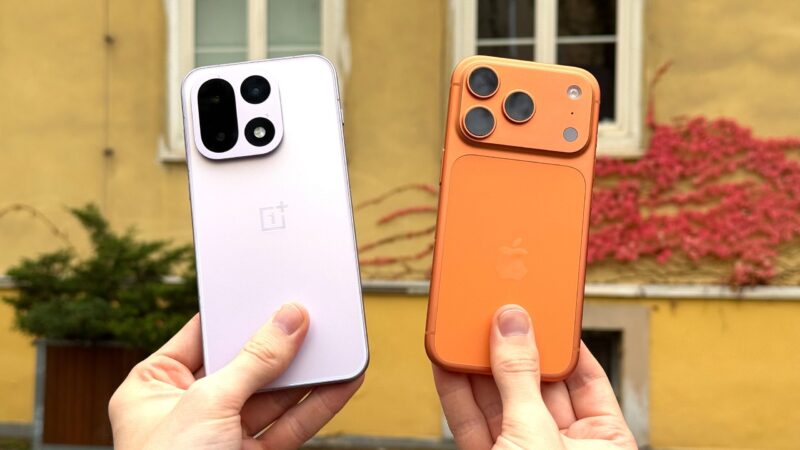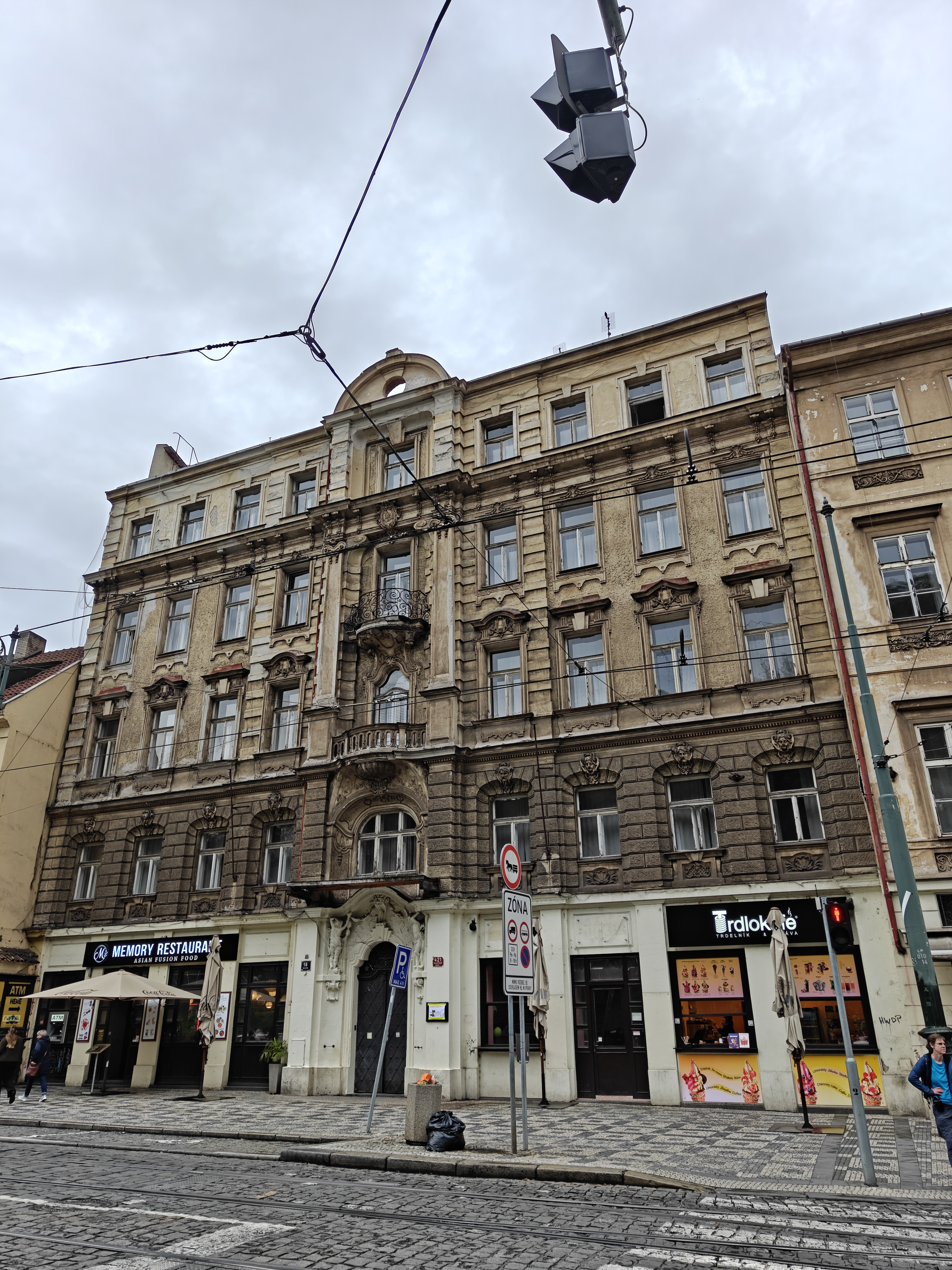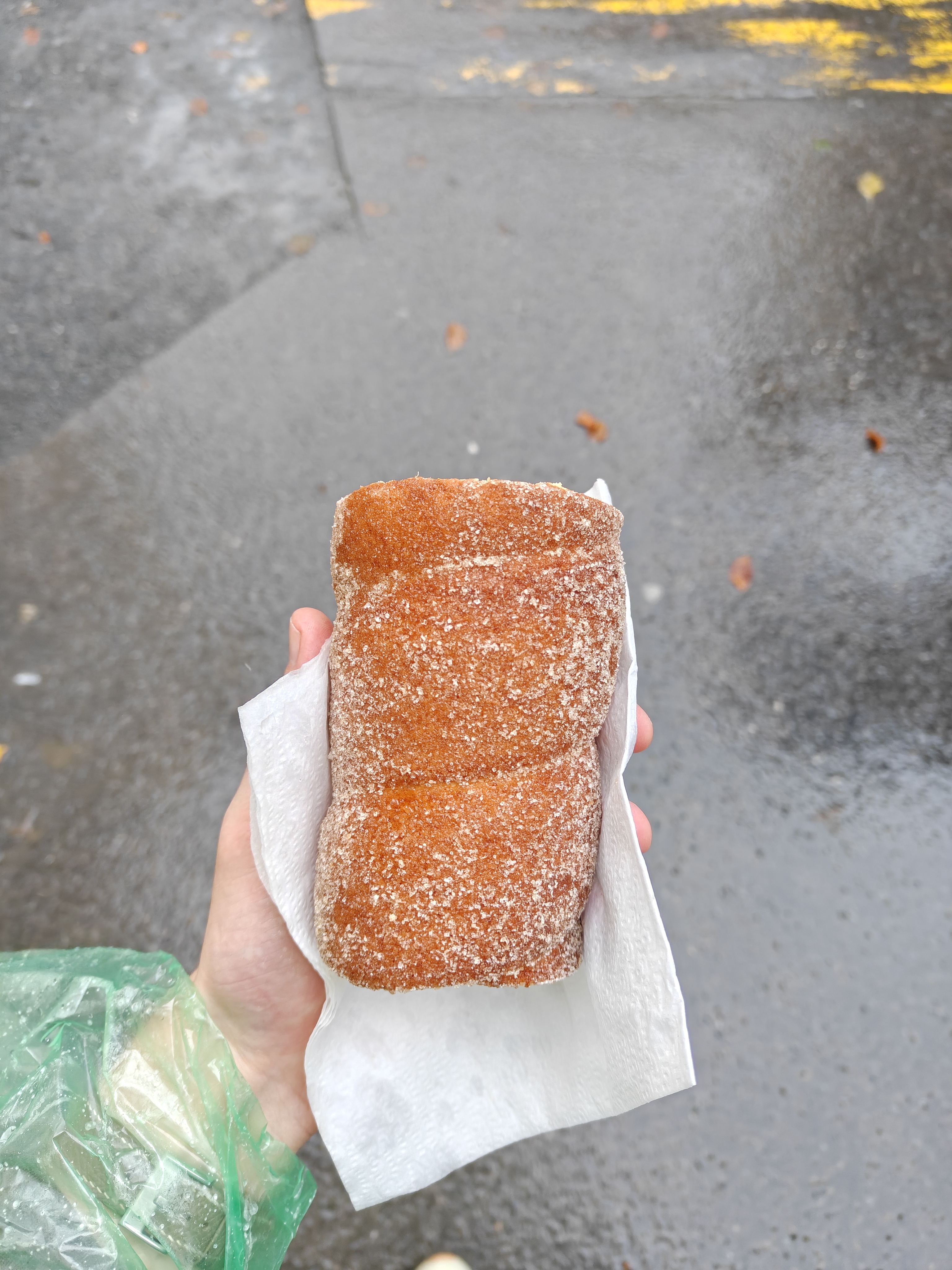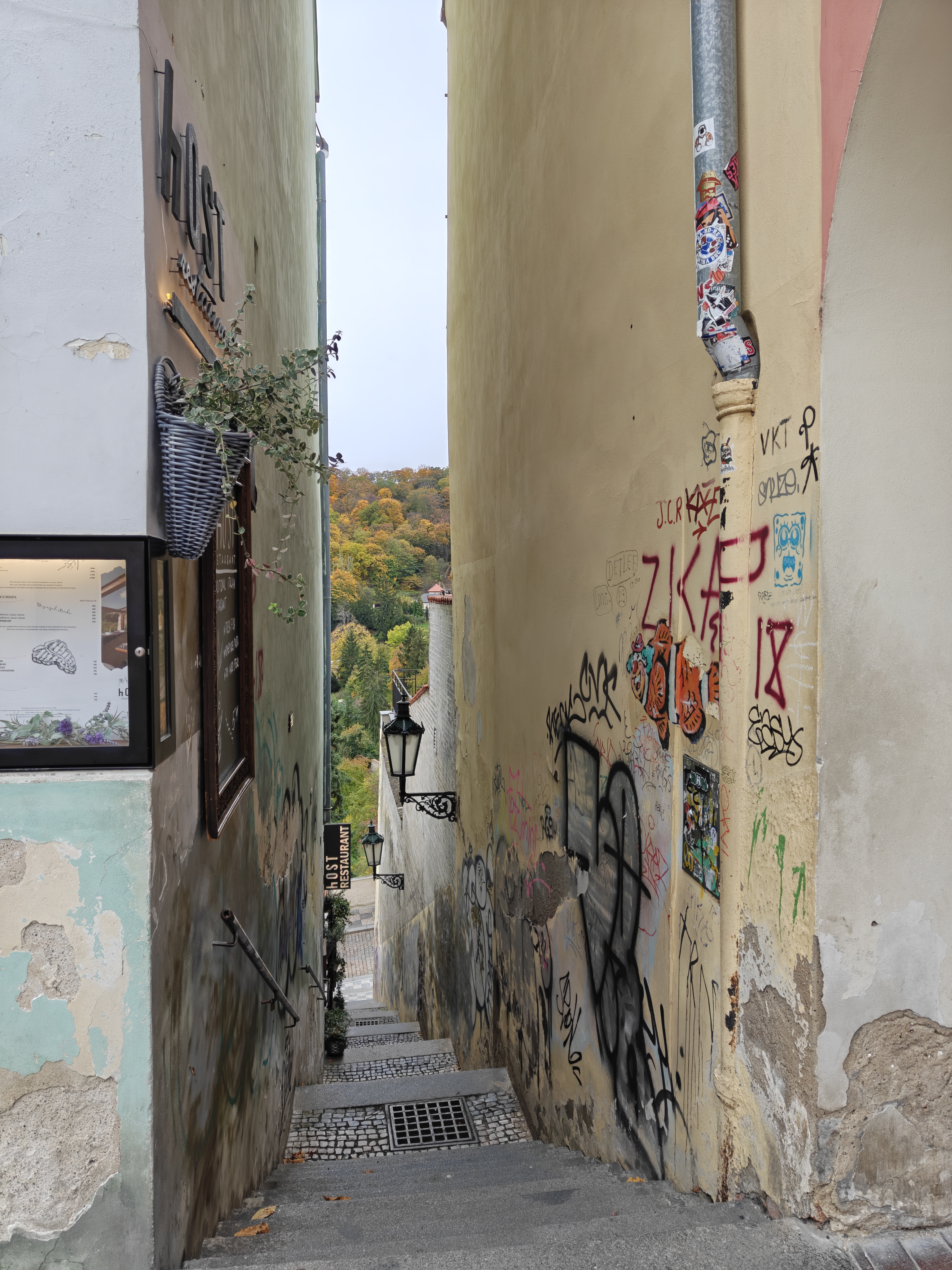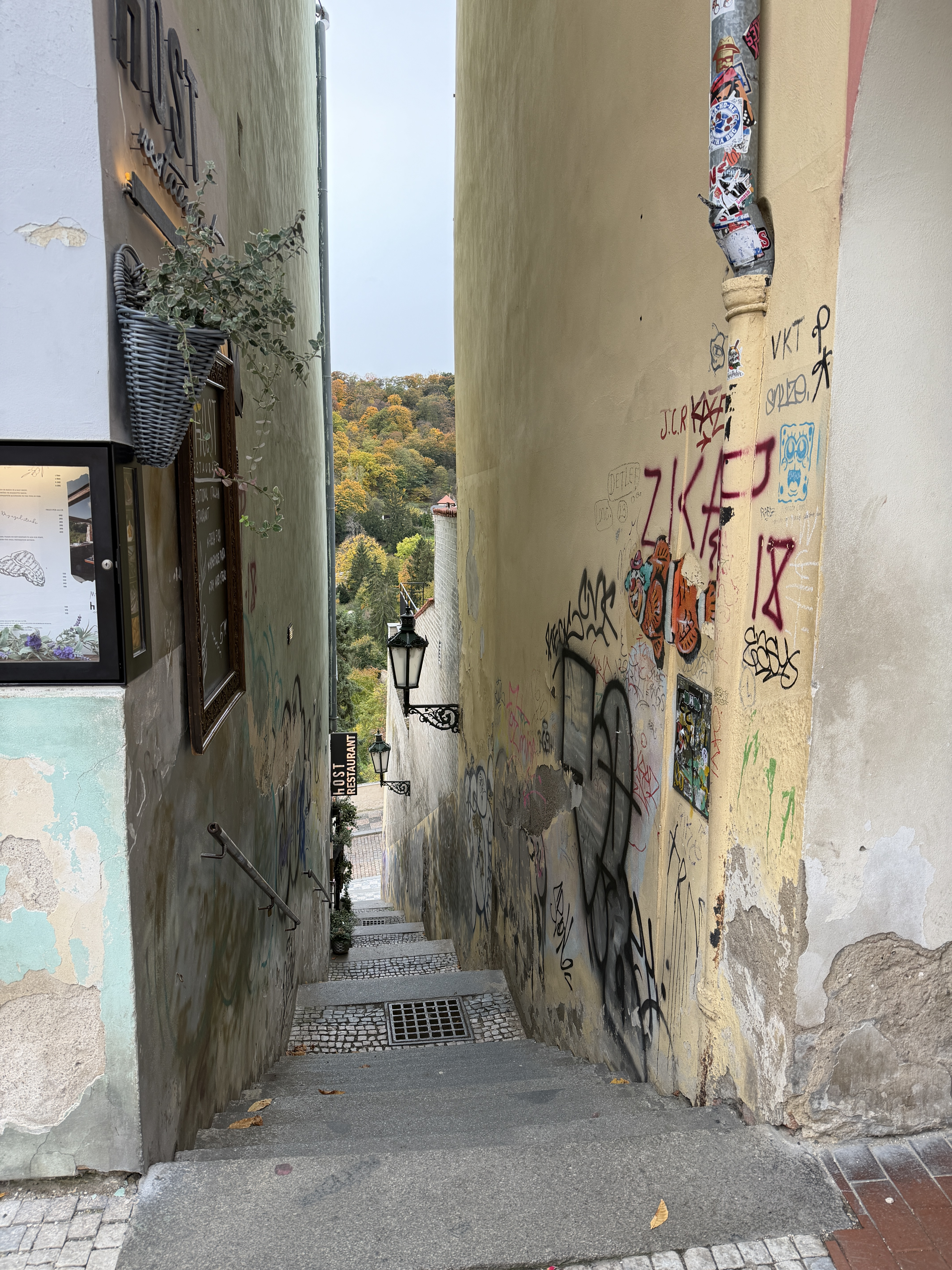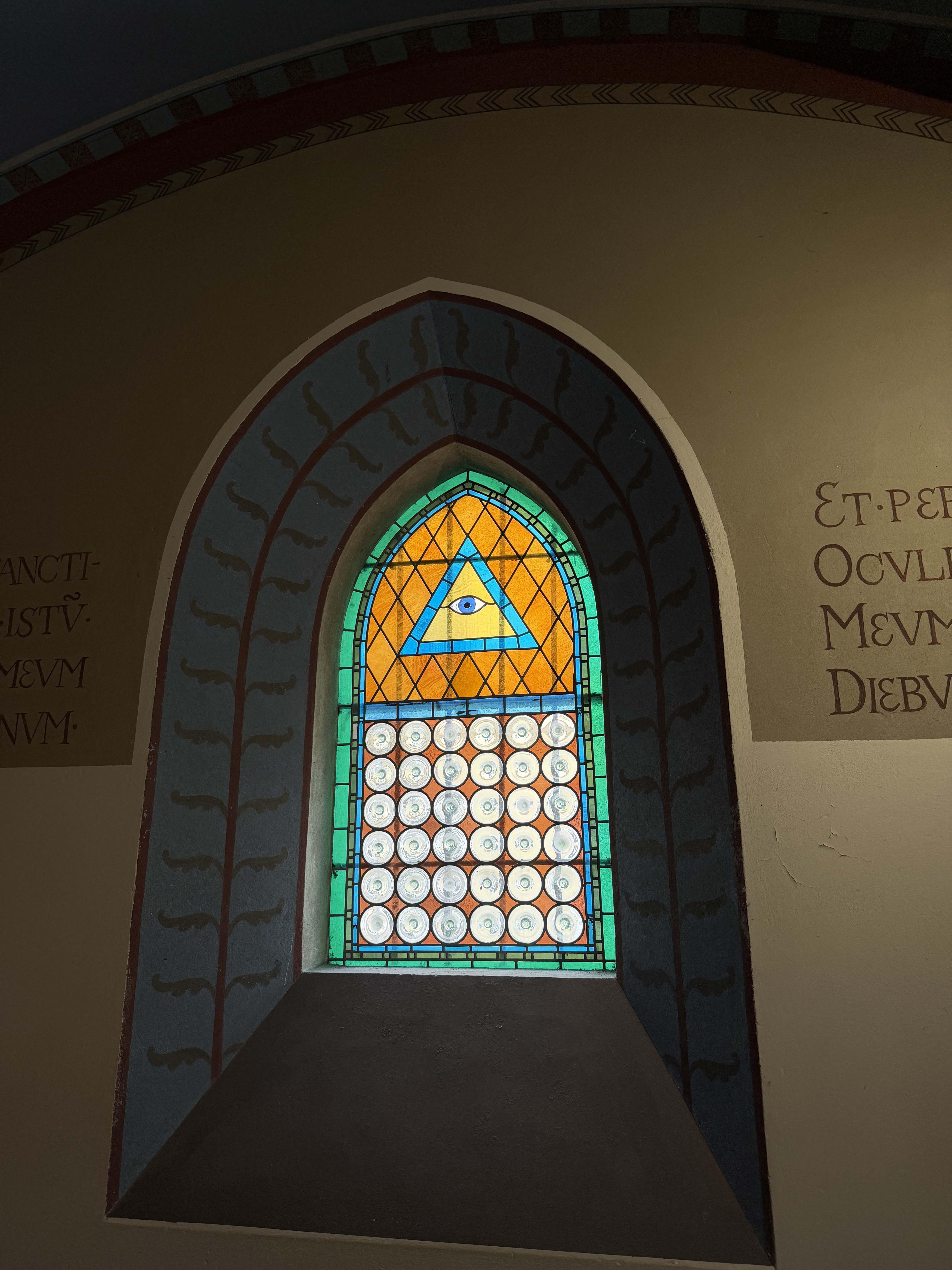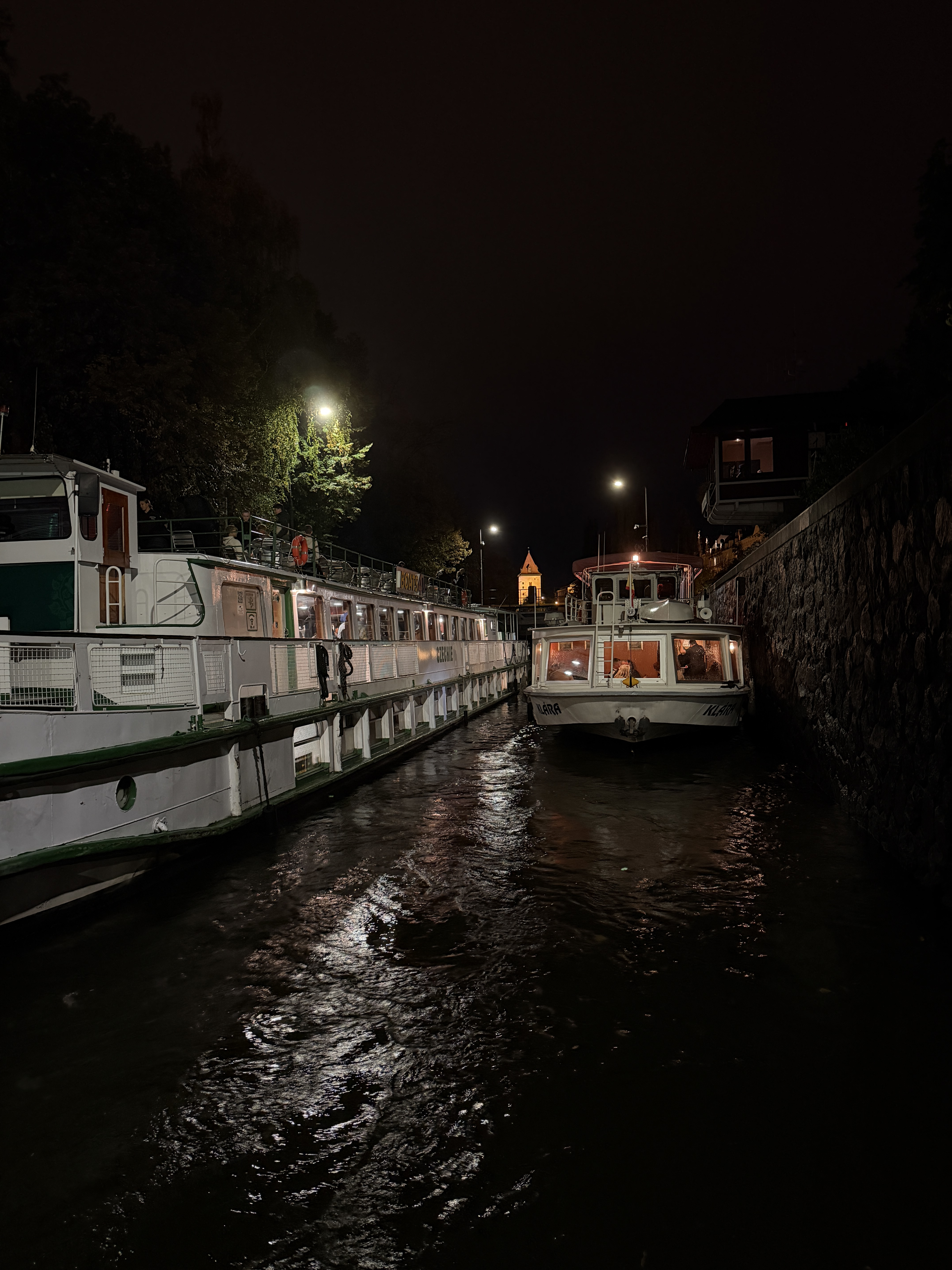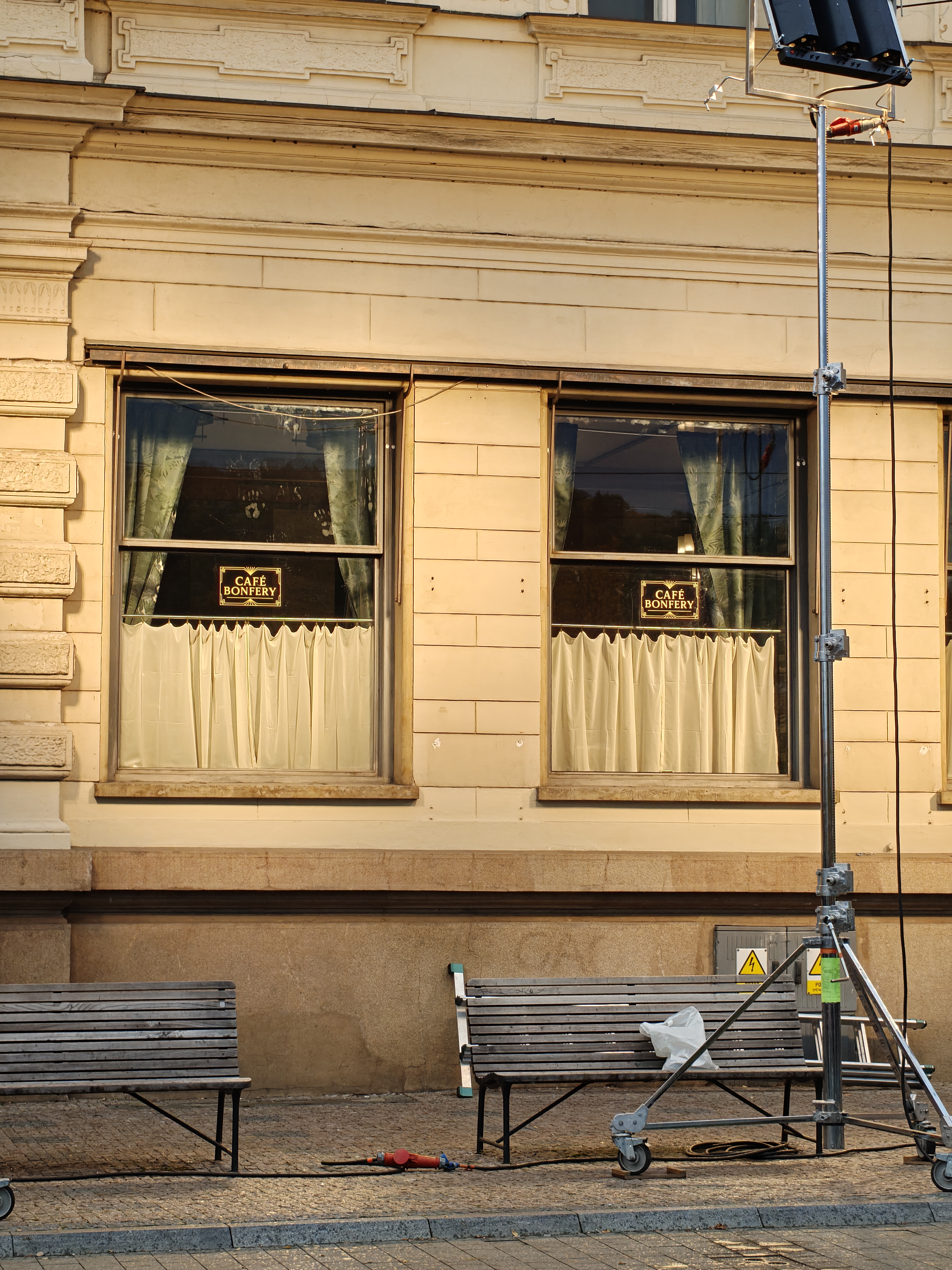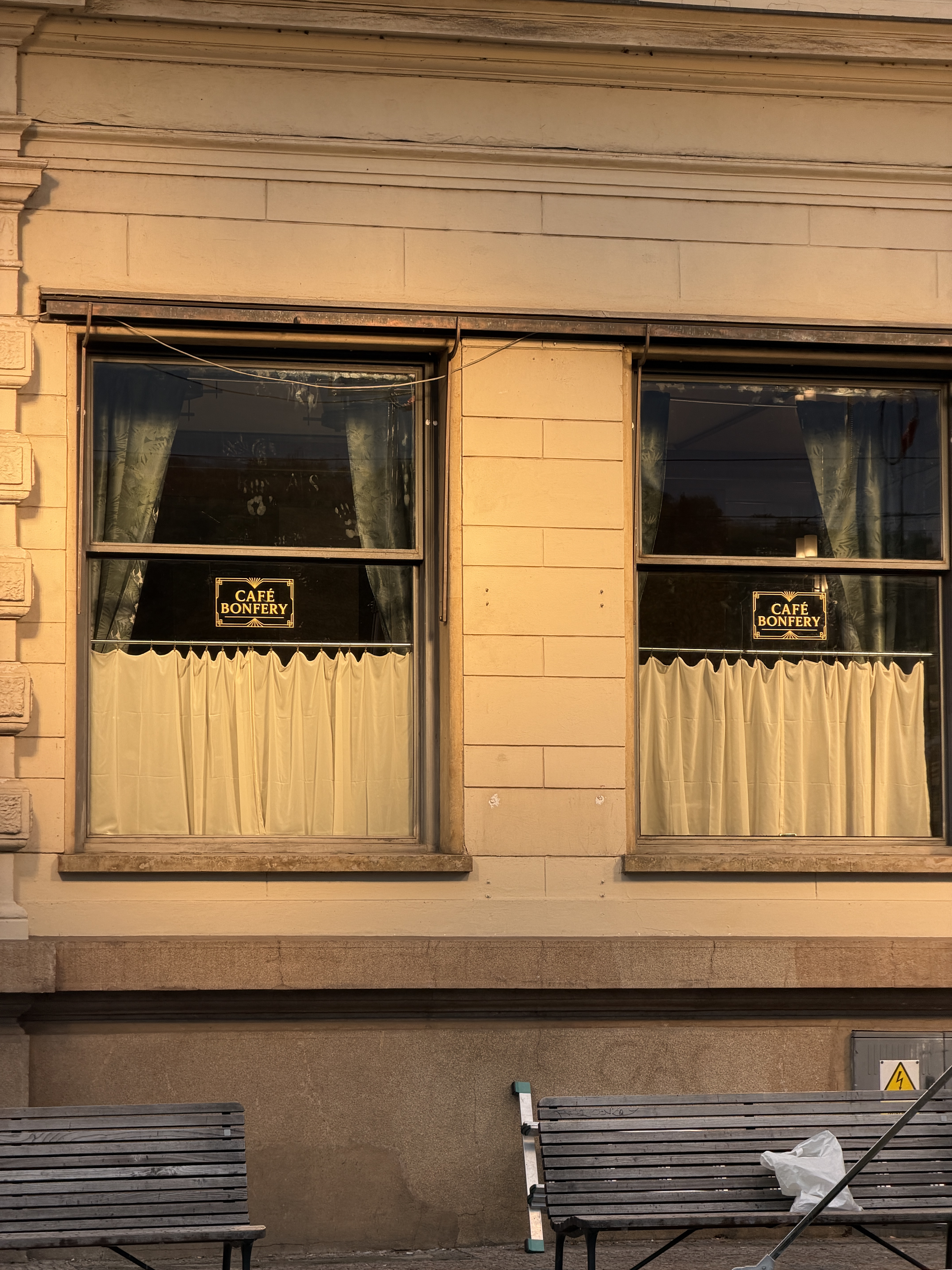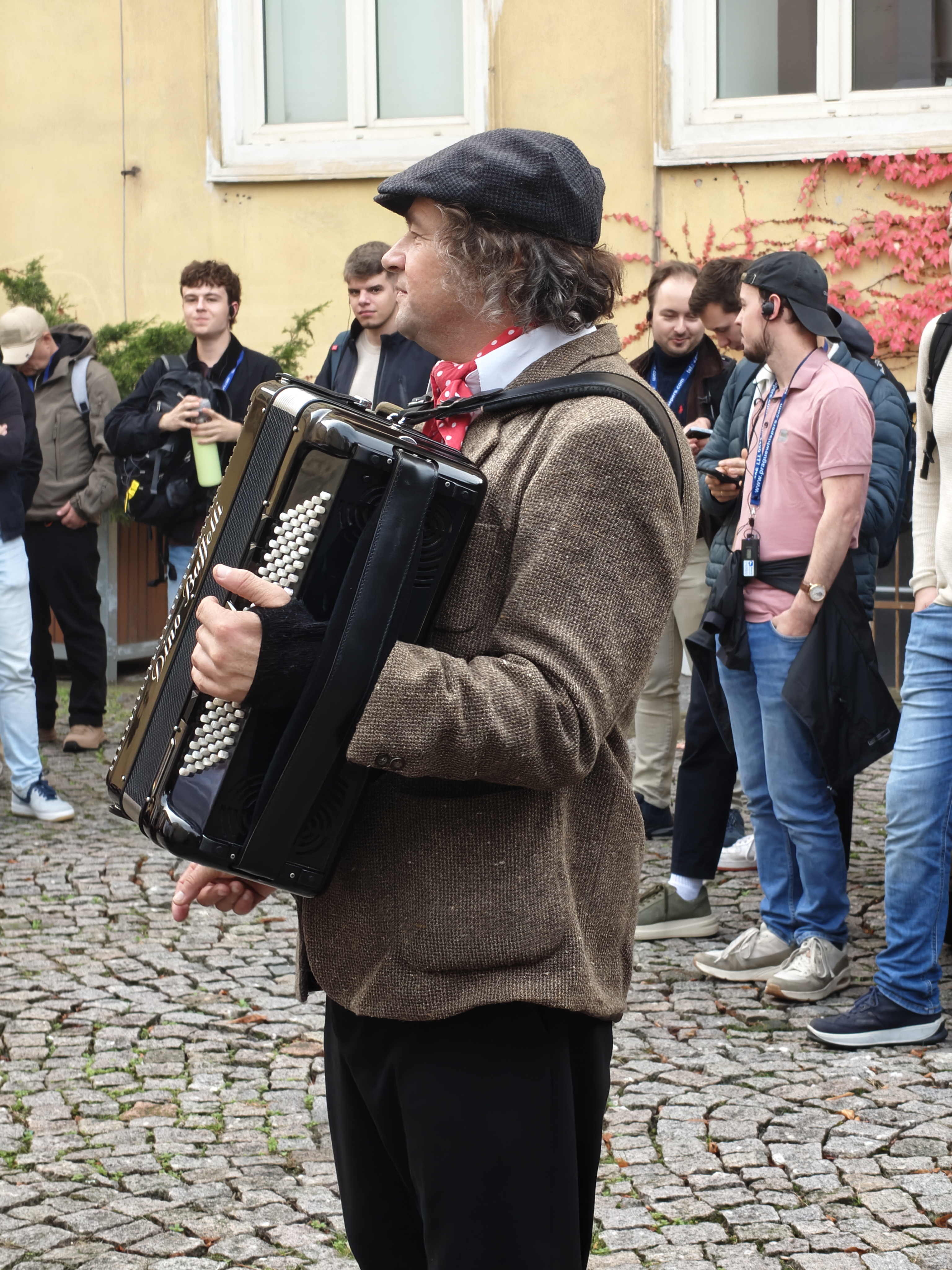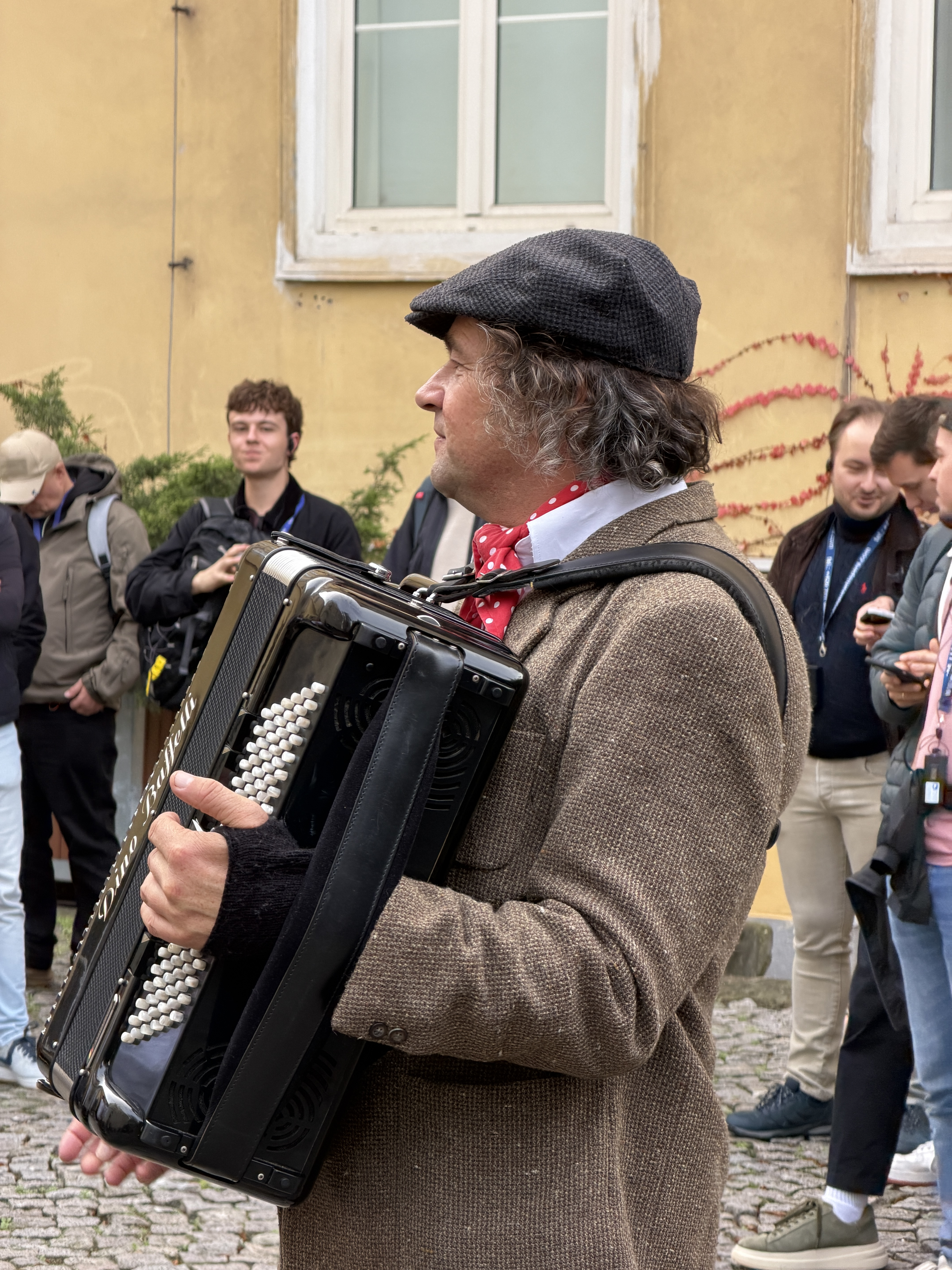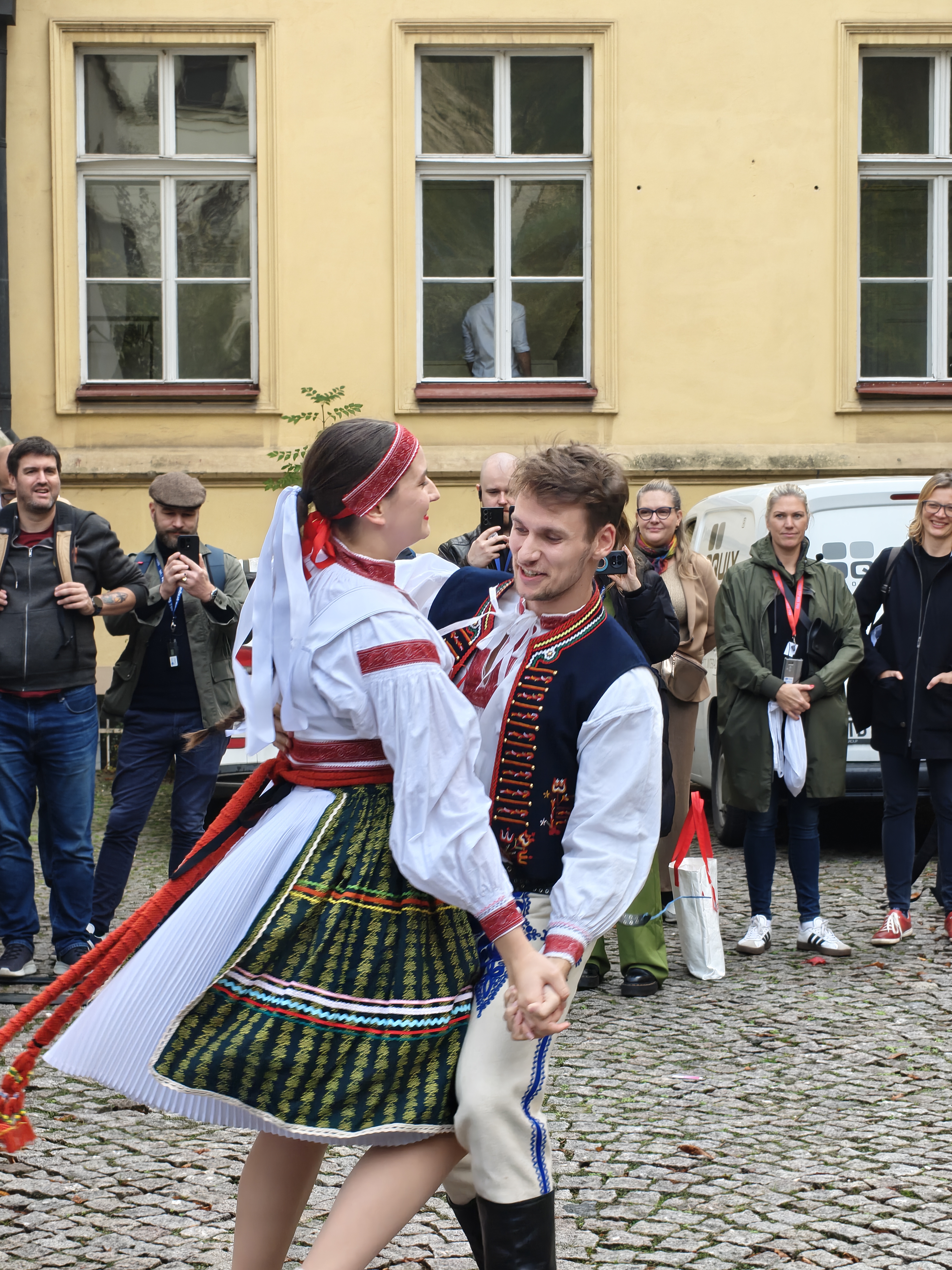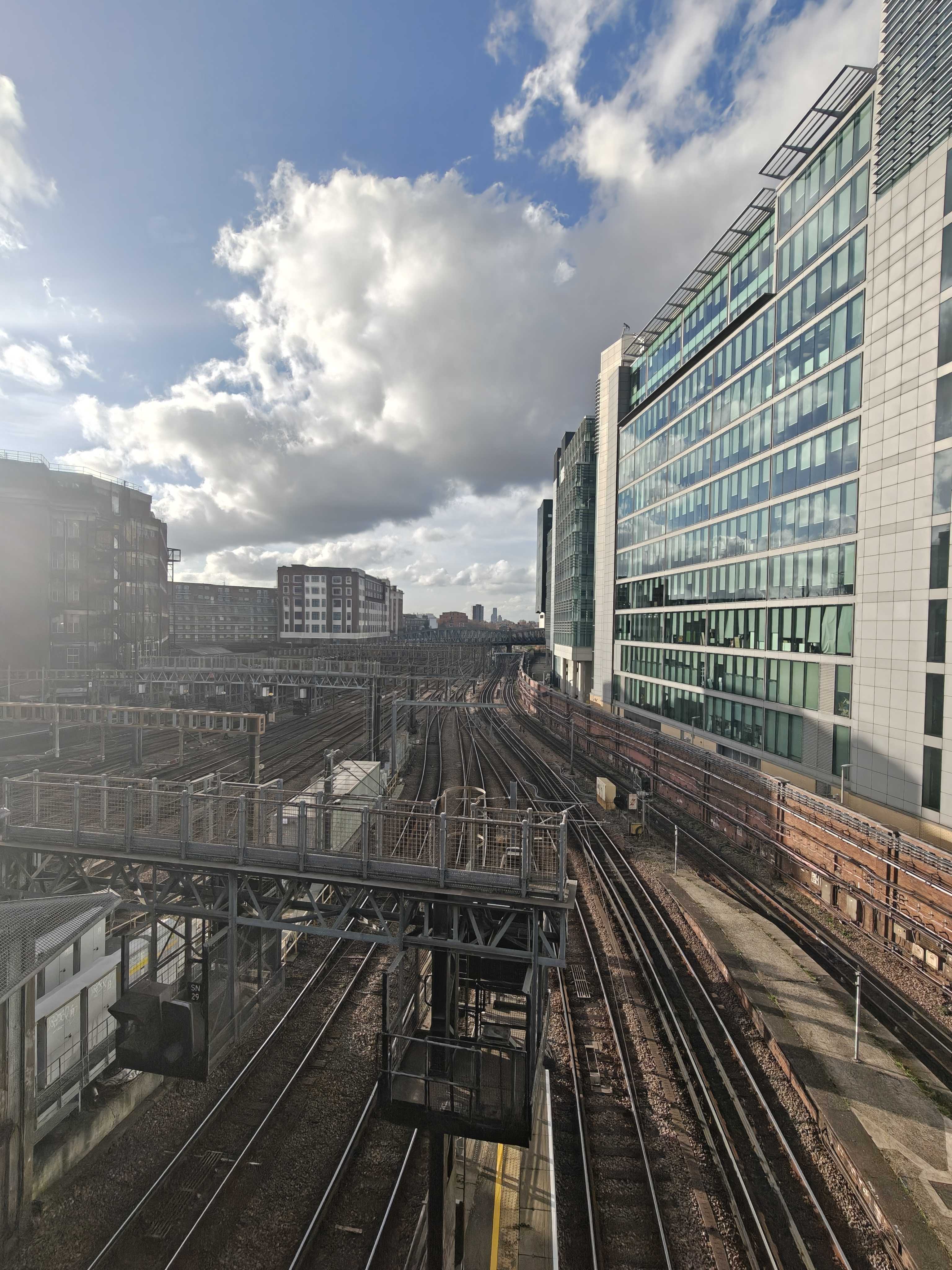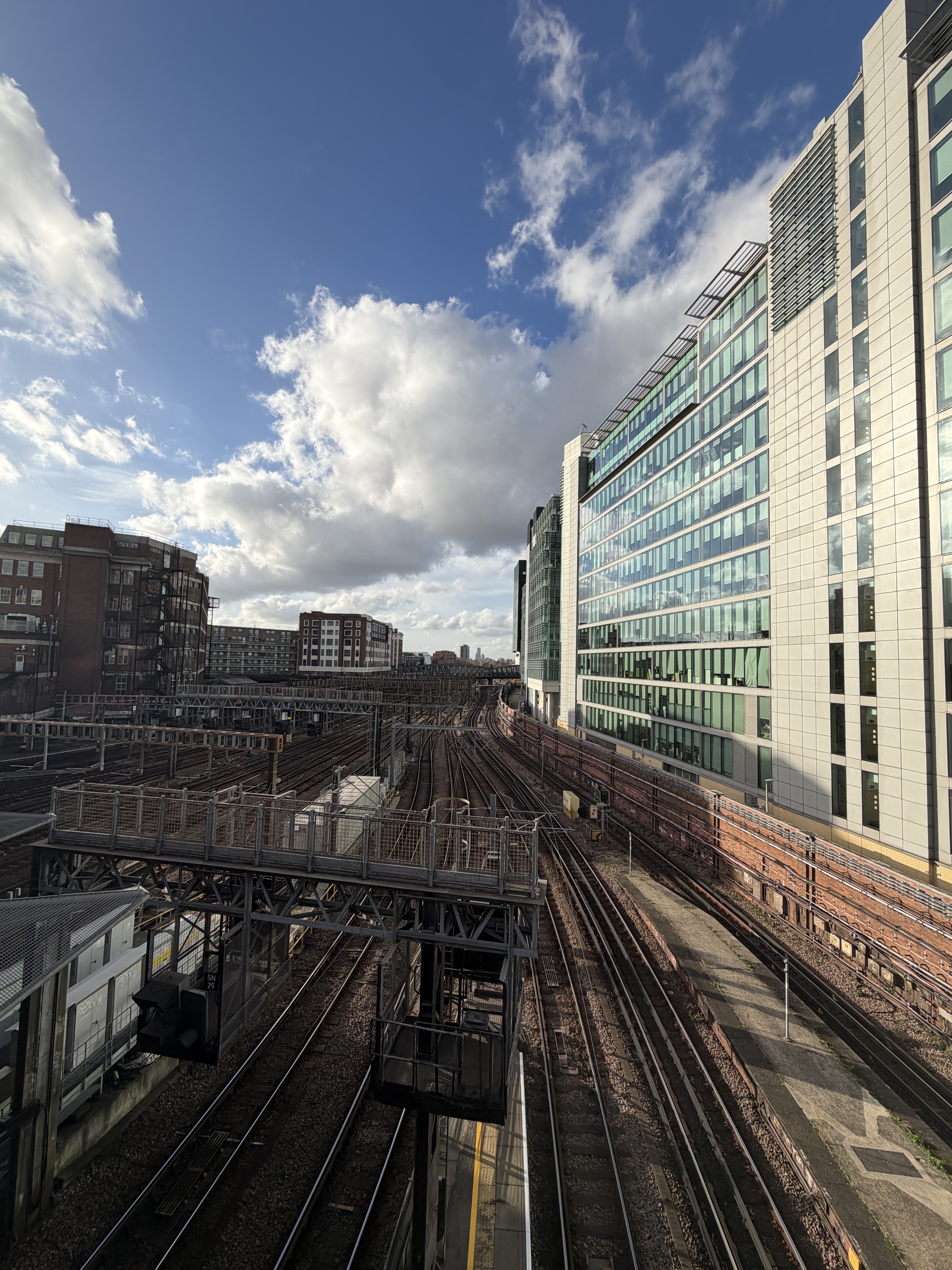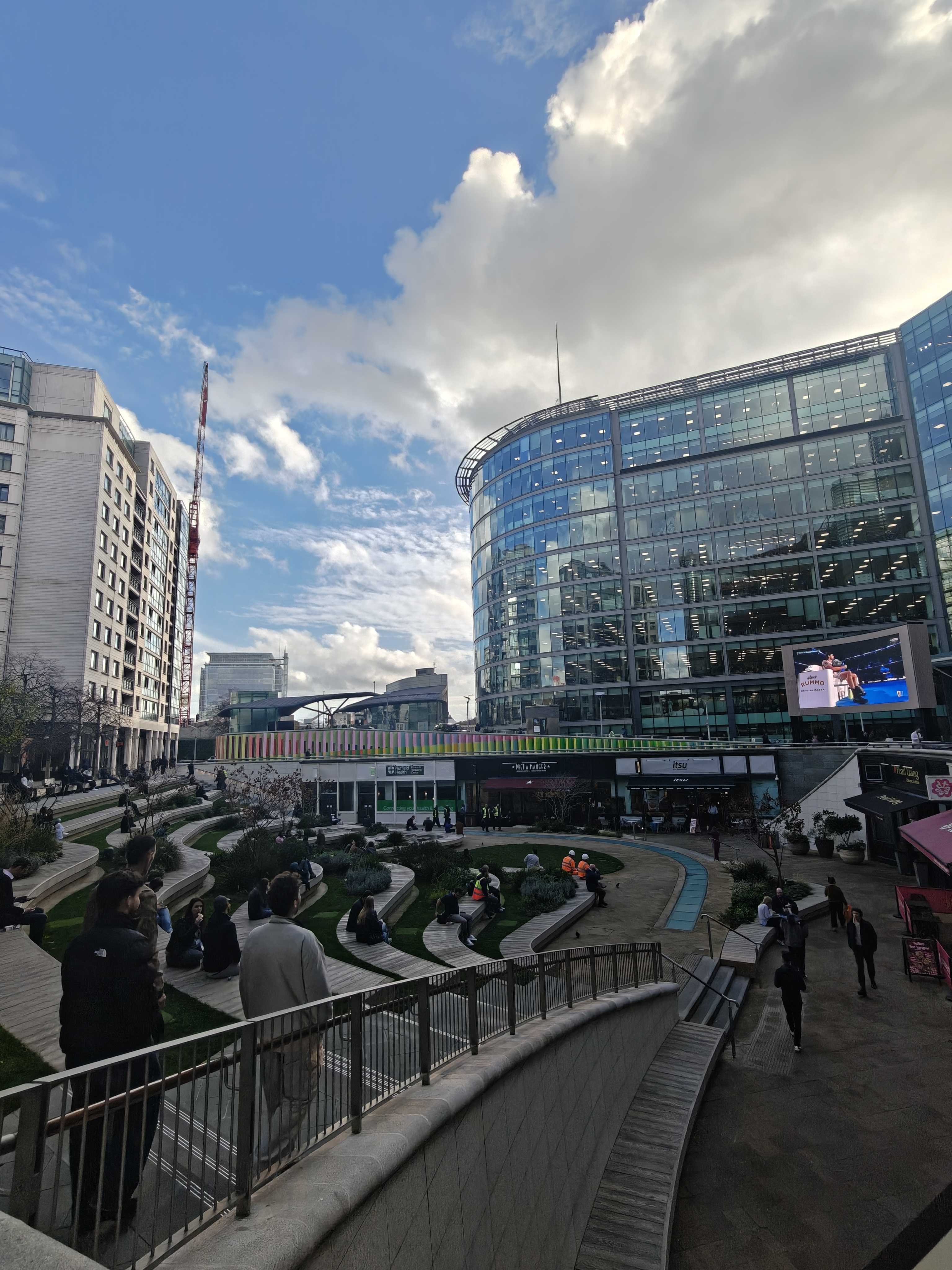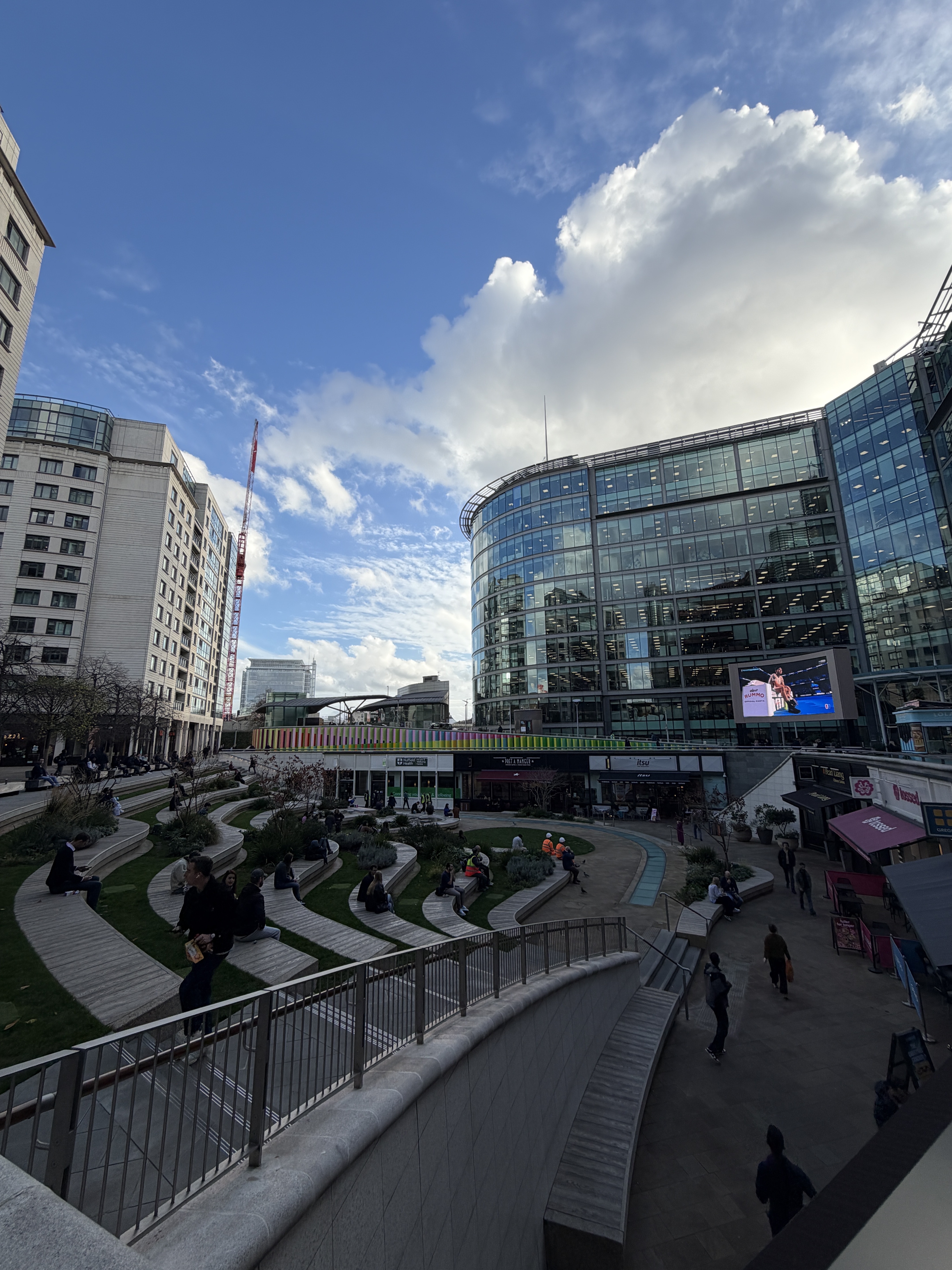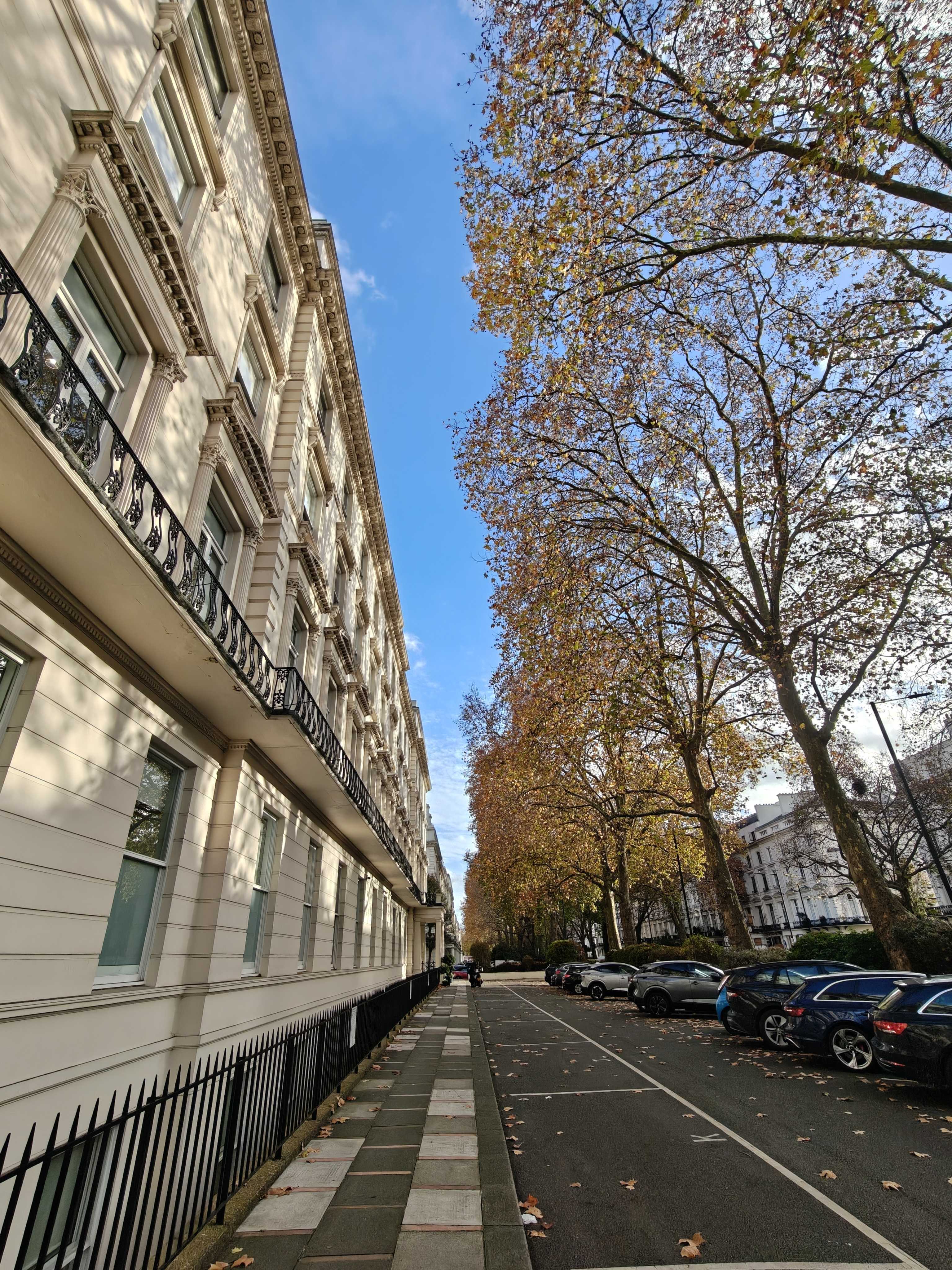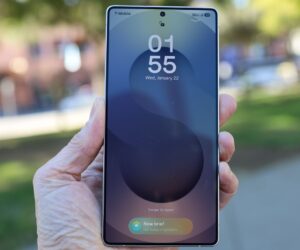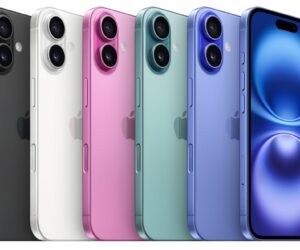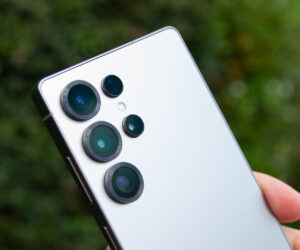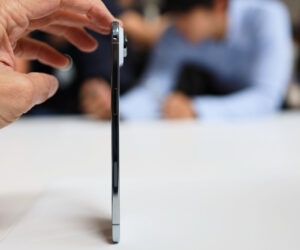The OnePlus 15 has landed in global markets with a massive 7,300mAh battery and a remarkable 165Hz refresh rate, but less of a fuss has been made about its three-lens rear camera array.
I’ll dig into its actual specs below, but the OnePlus 15 has – on paper – similar photographic hardware to Apple’s iPhone 17 Pro, despite costing $200 / £250 less (strictly speaking, it’s closer in price to the base iPhone 17, which has no telephoto camera to speak of).
Specs
Here’s how the two phones compare in terms of camera specs:
| Header Cell – Column 0 |
OnePlus 15 |
iPhone 17 Pro |
|---|---|---|
|
Wide lens: |
50MP, 0.64-inch, ƒ/1.8 (24mm) |
48MP. 0.78-inch, ƒ/1.78 (24mm) |
|
Telephoto lens: |
50MP, 0.36-inch, ƒ/2.8, 3.5x optical zoom (80mm) |
48MP, 0.39-inch, ƒ/2.8, 4x optical zoom (100mm) |
|
Ultra-wide lens: |
50MP. 0.34-inch, ƒ/2.0 (16mm) |
48MP. 0.39-inch, ƒ/2.2 (13mm) |
|
Selfie lens: |
32MP (21mm, ƒ/2.4) |
18MP (ƒ/1.9) |
The OnePlus 15 has three 50MP rear cameras – a wide lens, an ultra-wide, and a telephoto with 3.5x optical zoom – while the iPhone 17 Pro has three 48MP rear cameras, one of which is a telephoto with 4x optical zoom.
Both phones offer an additional ‘optical-quality’ zoom (7x for the OnePlus, 8x for the iPhone), but they do so via a sensor crop rather than fixed focal lengths, so I’ve prioritized their true optical zoom distances in the ‘telephoto’ section below.
It’s also worth noting that both phones, by default, capture images in smaller file sizes than their large sensors suggest. The OnePlus 15 defaults to 12MP, while the iPhone 17 Pro defaults 24MP.
As my colleague, Jamie, notes in his iPhone 17 photography specs explainer: “The iPhone 17 Pro defaults to 24MP for a balance of detail and file size, using a process called pixel binning, where four pixels are combined into one larger pixel to improve image quality. The main 48MP sensor takes advantage of this by combining the data from both a full 48MP capture and a binned 12MP capture to create a 24MP final image, which offers a good mix of sharpness and brightness.”
It’s a similar story for the OnePlus 15 and its 12MP default. The phone uses the extra data from its 50MP sensor to produce a cleaner, still-croppable image. Again, I’ve prioritized these out-of-the-box shooting settings for both phones in the below comparison.
As for their respective selfie cameras, the OnePlus 15 sports a 32MP lens, while the iPhone 17 Pro gets an 18MP ‘Center Stage’ lens. The latter uses subject tracking to automatically keep you in the frame, and it also lets you switch between portrait and landscape modes, depending on how many subjects are in frame.
Wide lens
Let’s start with the wide lens, which is the main lens most people will use every day. In almost every picture, you can see the difference in approach taken by OnePlus’ DetailMax Engine and Apple’s Photonic Engine.
Prior to the launch of the OnePlus 15, OnePlus ended its long-standing partnership with Hasselblad, and its new, self-developed DetailMax Engine supposedly focuses on delivering “clear and real” images instead of relying on post-processing trickery.
That mission statement rings true in the above images. The OnePlus 15 captures environments as they appear in real life – photos are bright, detailed, and natural. On occasion, that approach makes images feel cold and not as ‘pretty’ as they could be, but it’s true that Prague was cold and rainy on the days I visited.
The iPhone 17 Pro takes the opposite approach. Apple prioritizes style over realism, occasionally warming things up with more saturation, so shots have an almost yellow-ish quality (the Czech ‘Chimney Cake’ is made to look more toasted on the iPhone).
Personally, I like this approach 90% of the time, but it can sometimes make skin tones appear quite unnatural or ‘overheat’ a bright scene (see the first image of the Old Town Square).
Essentially, then, the iPhone 17 Pro has this really punchy contrast between shadows and highlights, while the OnePlus 15 keeps things appearing as they are in reality.
Interestingly, the alleyway images look very similar, so neither phone totally commits to its processing mantra in every scenario.
As for these night shots (also taken with the wide lenses at 1x), you can see those different approaches to brightness in action once again.
In fairness to Apple, OnePlus over-eggs the lamps here (it wasn’t *that* bright on the boat), but the water and paintwork on the boats themselves do look much more detailed.
Telephoto lens
All of the above is true again for the telephoto lenses on both the OnePlus 15 and iPhone 17 Pro (note that I’ve used the fixed optical zoom options here, hence the slight difference in focal length).
With the exception of the cityscape shot (which was taken through a hotel window), Apple’s processing dials up the contrast considerably, which works for something like a stained glass window, but less so for an outdoor shot of a restaurant facade.
In the below shots of an accordion player and a pair of Polka dancers, both phones handle the moving subjects pretty well, though the iPhone 17 Pro wins on detail (zoom in on the main’s tweed jacket and black gloves).
Ultra-wide lens
I’ll level with you: I was so preoccupied with the wide and telephoto lenses while shooting in Prague that I forgot to take more than one photo with the phones’ ultra-wide lenses. I’ve since taken more in London (which you can see in the gallery above), but that oversight does speak to the growing debate around whether phones need ultra-wide lenses at all.
In any case, both the OnePlus 15 and iPhone 17 Pro fare pretty equally here. The OnePlus definitely wins in the darker scenario – look closely at the pavement markings and treeline – but interestingly, it also overdoes the contrast in the very last image, where the iPhone 17 Pro (surprisingly) takes a more measured approach.
Selfie lens
Here’s another example of that ‘realism vs style’ debate. The OnePlus 15 selfie captures me as I am, but I prefer the overall feel of the iPhone 17 Pro selfie, which looks a touch more detailed and vibrant (see the twinkle in my eye…).
For reference, I’ve also included an iPhone 17 Pro selfie in the new landscape orientation below. That’s not something the OnePlus can do.

Verdict
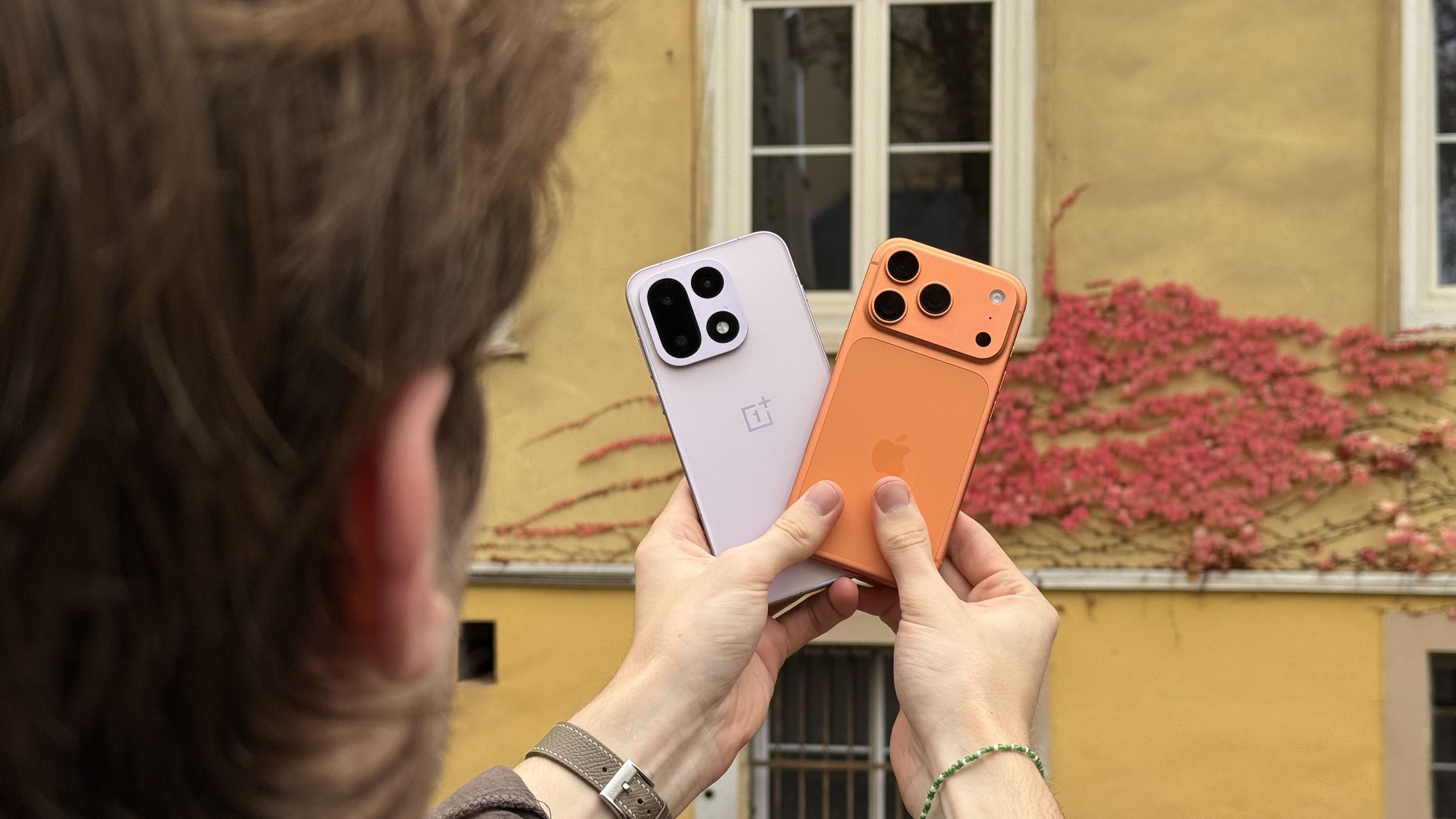
So, which approach to photography do I prefer? It’s honestly a real mixed bag.
When Apple’s Photonic Engine doesn’t get too trigger-happy with the contrast, I love the warmth of shots taken on the iPhone 17 Pro – they have a cinematic quality that OnePlus doesn’t even try to replicate. But the OnePlus 15 is definitely more consistent in its ability to deliver realistic-looking images (there aren’t any examples where I think the OnePlus photos look outright ‘bad’).
In that sense, the iPhone is capable of higher highs and lower lows, while the OnePlus is a ‘safer’, potentially more dependable camera.
Both phones are impressive zoom shooters, and both can handle moving subjects with ease, while the iPhone 17 Pro is the obvious selfie winner (if only because it gives you more options than the OnePlus 15.
It’s worth remembering that I used both devices in their default, out-of-the-box configurations; I didn’t play around with any pro-level features in settings. There are some stunning iPhone 17 Pro photos out there, taken by photographers who are much more talented than me, and I expect others will get similarly amazing shots out of the OnePlus 15.
Let me know which photos you prefer in the comments below, and we’ll be following up with further camera comparisons – featuring the Samsung Galaxy S25 Ultra and Google Pixel 10 Pro – in the coming weeks.
Follow TechRadar on Google News and add us as a preferred source to get our expert news, reviews, and opinion in your feeds. Make sure to click the Follow button!
And of course you can also follow TechRadar on TikTok for news, reviews, unboxings in video form, and get regular updates from us on WhatsApp too.

